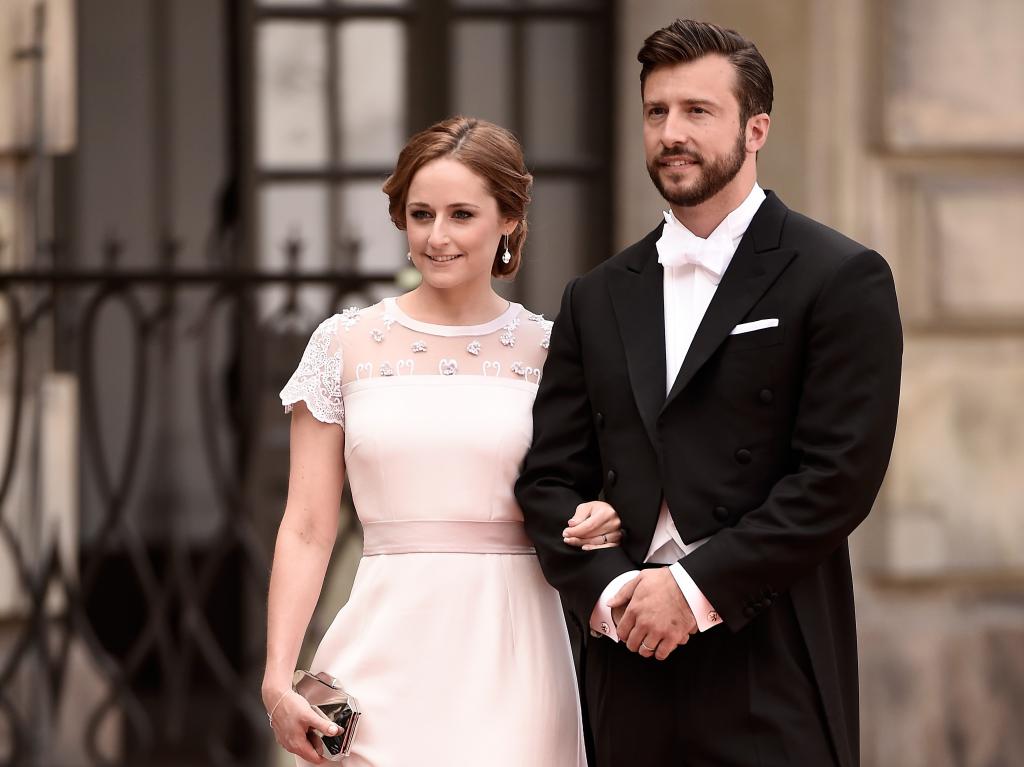A person who constantly attends or is just going to an official celebration needs knowledge of secular etiquette. And it doesn’t matter - a visit to a private club or to a semi-official dinner, a reception at the embassy or a charity evening. Whatever the degree of magnificence of the event, it should be fun, socialize, make acquaintances, agree on business projects and partnerships and is completely unsuitable to demonstrate constraint, boredom, or to stay apart. In order to avoid everything unacceptable, you need to know the rules of secular etiquette. It is about them that the article will discuss, and we’ll also talk about the types of dress code for such events, about the codes that are indicated on invitation cards, about the truth and misconceptions regarding social parties.
Varieties
Social events are distinguished by orientation: diplomatic, business, entertainment (entertainment).
Diplomatic. These are events that are organized according to strict rules, only for people who occupy a high position, or diplomats. Typically, formal formal dinners.
Business. Organized for communication of business partners, strengthening the image of the company, promoting their products. This is usually a presentation of a product or service, a business event, a business evening, and so on.
Entertaining activities. It can be a party, birthday, corporate celebration. The main goal of such parties is team building and an informal friendly atmosphere.
Events in Europe and the USA

The following types of official social events are common in the USA and Europe:
- Breakfast. In France, it is called petit dejeuner, in English-speaking countries - brunch (the term was formed using the two words breakfast and lunch, breakfast and lunch).
- Five hour tea. It is usually arranged from 16 to 18 hours, at such events the meal is purely symbolic, sometimes accompanied by dancing.
- Cocktail party. It settles in the period from 17 to 21 hours, the invitees leave and come at their discretion. At such events, there are no rules for time and greetings, dances may be provided.
- Dansing party. The meaning of pastime is dancing.
- Garden party. At such an event, a table with snacks is set in the garden, each invited person serves himself.
Rules of conduct at official receptions
Whatever the event, etiquette must be known in any case. There are a lot of misconceptions about the norms of behavior. In order not to get into trouble, to know how and what to say, what to wear, how to stand, you need to know some rules of etiquette.
Here are tips from Bogarts Marten (an expert in the field of services with experience in European royal houses, five-star hotels and famous restaurants) that will help to understand the intricacies of etiquette at social events.
Greeting. The first seconds of the meeting form an impression of a person, so an elegant and confident greeting is very important. At social events, handshakes are not always needed, a woman decides whether to shake hands or not. This unspoken rule can be compared with the protocol in the royal houses (do not start talking until they turn to you, that is, the royal person decides whether to speak or not). The same applies to women at any kind of events, it is they who must decide whether to give a hand for a handshake or not.

Handshakes will be appropriate at business meetings or corporate events.
Acquaintance.According to tradition, they first turn to a woman and ask for permission to introduce a man to her, that is, it looks something like this: "Natalya Nikolaevna, let me introduce you Lev Ivanovich." And not vice versa.
Themes for conversation. Talking about the weather always suggests that there are no more interesting topics to talk about. It is always necessary to have in reserve several interesting and exciting issues for society. This preparation helps out if the interlocutor is not very attuned to the conversation.
Talk about religion, politics, finances, nationality of anyone should be avoided, as such topics can cause stiffness or awkwardness.
During the conversation, you should look your interlocutor in the eye, not be distracted by other people and the phone.
Business meeting. If this is an official business or work related event, the focus is on business. The status of the director of the company is higher, and that is why, despite the gender and age, he will be the first to represent all the other guests.
But the general rules of etiquette are unchanged:
- a woman decides whether to shake hands or not;
- she always sits down or stands on the right hand of the man;
- business cards, gifts are given with the right hand;
- hold champagne in the right hand.
At a concert, in a theater, in an opera. When the phone is turned on, it is considered a sign of bad taste, so turn it off first.
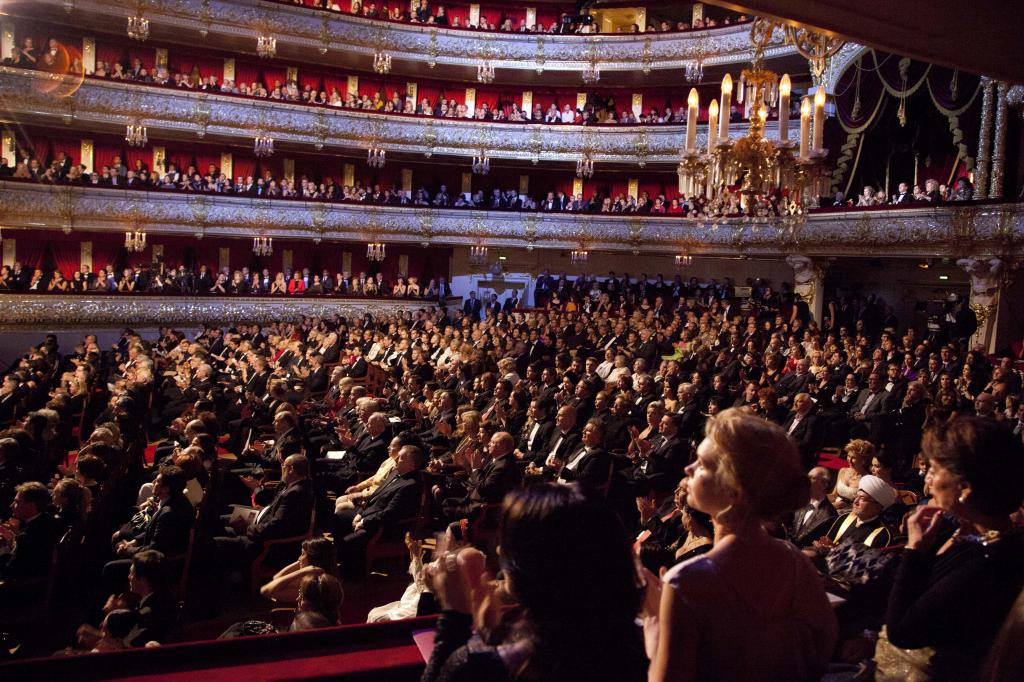
Applause should be given to performers only after they have finished playing (this is the moment when the conductor leaves the podium and turns to the audience, and the artists begin to bow).
Dress Code Rules
The appearance of a person is a means of communication and a first impression of him. The choice of dress or costume depends on the event, very often the type of dress code indicates the invitation. If this item is not indicated, it is better to check with the organizers.
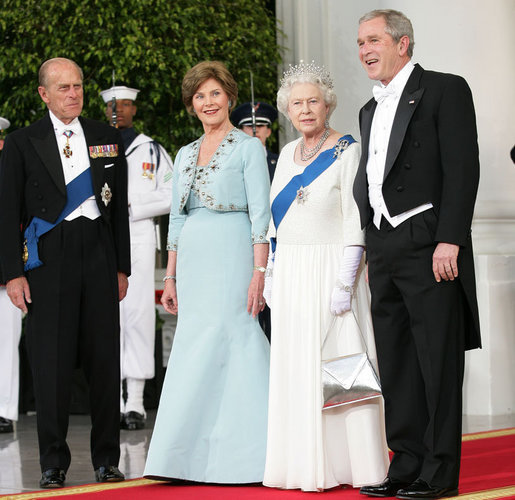
So, the main types of dress code:
| Dress code | What does it mean | For man | For woman | Event types |
| White tie | “White tie” is a men's suit for a special occasion. | Tailcoat with bow tie, pocket watch and patent leather shoes, white gloves. The vest is white (if it is black, it can be taken as a waiter). | Long evening dress, high heel shoes, gloves, evening bag. Forbidden: loose hair, bare hands, jewelry. | Evening reception at the ambassador, president, marriage of the highest titled persons, etc. |
| Black tie | "Black tie". | The tuxedo. | Long evening or cocktail dress, jewelry possible. | An official reception, a premiere at the Bolshoi Theater, a wedding, etc. |
| Formal | “Formal evening event” - means the same as the previous one, only sometimes it can provide a more creative approach and a fashionable look. | Dark formal suit and tie. | For a cocktail or a long evening dress, costume. | |
| Black tie invite | "A black tie is welcome." | With this designation, it is preferable to wear a tuxedo. | A long dress, or for a cocktail, or costume outfit. | A dinner party in a restaurant, family or corporate event, etc. |
| Black tie optional | “A black tie is optional.” | Dark suit and tie. | Cocktail dress, elegant suit. | |
| Creatie black tie | "Creativity or Black Tie." | Tuxedo with accessories, classic tuxedo with a colorful vest, an informal tuxedo with a dark shirt. | Perhaps a short dress or set. | |
| Coctail | "Cocktail". | Dark suit | Cocktail Dress | |
| Semi formal | "Semi-formal." | Tuxedo is optional. For events after 18-00 - a dark suit. Until this time - a regular suit and tie. | After 18-00 - a dress for cocktails, but not long, until this time - a suit or an ordinary elegant dress. | |
| A5 | “After five” - this designation may be supplemented by A 5 Semi formal. | Not a business suit of any color without a tie. | Dress for a cocktail or elegant, elegant suit with a skirt or trousers. | Any event that begins after 17-00. |
| A5s | "A laid-back evening style." | Fashionable and trendy clothes of famous brands or from designers, without a tie. | Elegant suit or elegant day dress. | |
| Casual or Informal | "Free style". | The nature of the event should be considered. | Corporate party, picnic, etc. | |
| Btr | "Business suit." | Regular business suit. | Suit for a business meeting. | |
| Bb | "Strict business suit." | Business suit in dark blue with a tie in red colors. Shoes are black oxford or derby. | Blue, gray, or beige suit, white blouse, transparent stockings, shoes in the color of the suit or black, on the heel (up to 5 cm). | An important business meeting or reception. |
It should be noted that in each country some dress code rules are different, although in general they are identical. To determine the outfit for a social event, you must be guided by the rules of the state where this event will take place.

Dress code, like many other nuances, is specified in the invitation (prescribed by the generally accepted names of dress codes, which are indicated in the table). For example, an invitation to an official reception: it shows the date, time and place of the event, and at the end there is a note Creatie Black tie, which recommends a certain style of clothing. But this is not all the codes that may be in the invitation. Consider the most common of them.
Mysterious Event Code
In addition to a note on the form of clothing, in the invitation you can find other conventional signs (very often in English). The most common of them:
- s. t. (from Latin sine tempore) - which means to arrive at exactly the appointed time, without delay;
- c. t. (from Latin cum tempore) - late, but not more than 15 minutes late;
- R. S. V. P. (from French Re`pon se Sil Vous Plait) - means a request to respond and communicate your intention to attend. Ignoring this request means breaking social etiquette. Moreover, you need to answer on the eve of the celebration.
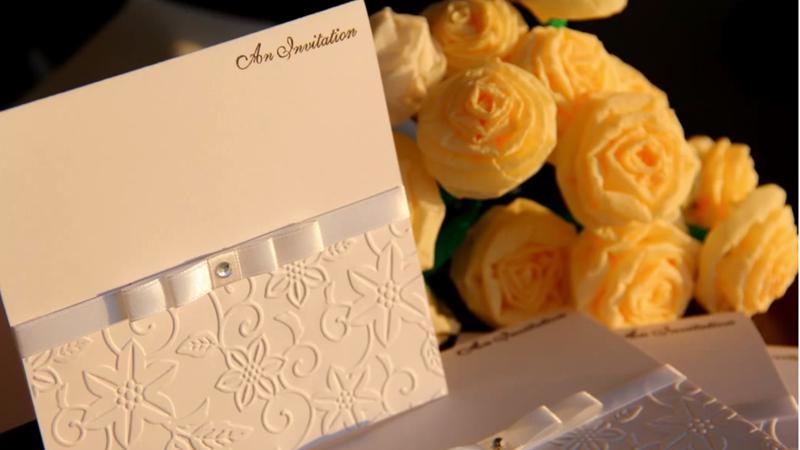
In addition, if the invitation does not indicate “two persons” or does not specify the number of people present, then it is better to come unaccompanied.
A companion will only be appropriate to bring to an entertainment event: charity evening, concert, dinner, ball.
How to get to a social event
Large celebrations may have varying degrees of formality. But everyone needs an invitation. However, there are a number of ways to unofficially get to a social event. The Internet is full of information on how to do this. Here, for example, the most common opportunities to unofficially attend an event:
- Through the service entrance. As a rule, all buildings have service or fire exits. At 90% of closed social events, security is not provided for each door. Therefore, many fans of private parties try to get to them in this way.
- Name theft. When they ask for a name at the reception, and anyone who wants to attend the event peers at the list and says whatever they like (it works in cases when the reception manager does not know all those present and there are guest lists).
- Necessary acquaintances. They penetrate the badges of those who leave the event in advance (the method is suitable only for conferences, exhibitions, forums).
Myths and truth about social events
There are a number of myths and stereotypes that have developed about events. True or fiction, let's try to figure it out.
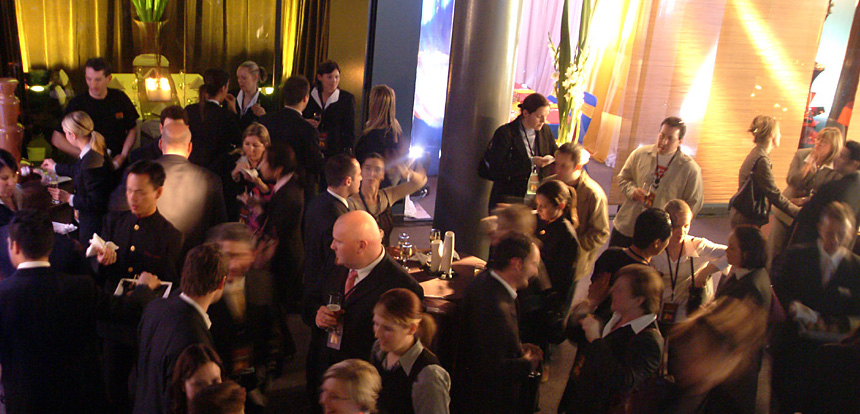
Myth 1. "If you do not want to attend the event, there is always the opportunity to stay at home."
Actually this opportunity should be used only in the most extreme cases. If called, it is better to attend. Life is very multifaceted, a situation may arise when it will be very necessary to go to one or another event, and invitations no longer arrive.
Myth 2. "Each event is special."
In fact, they are all divided into important and not so important. You should not spend a lot of money and time if you were invited to open a store or presentation of a nano potato.
Myth 3. "The event is fun."
This is completely wrong. Very many are bored even at the most fun parties. It all depends on the person himself and his views on life, and not on the program of the event and the presenter's jokes.
Myth 4. "You can eat there."
In fact, many people prefer not to eat at social events or are limited to light snacks. Food can crumble, fall, drinks spill, stain clothes and completely ruin your mood.
Myth 5. "Leaving the first indecent."
This is a fallacy. Each event has a final part, after which it is quite possible to leave.
Instead of a conclusion
A person who is going to a social event or party is required to know the rules of etiquette and certain traditions of the country in which the celebration is organized. It should be remembered that such celebrations are accompanied by recommendations or requirements for clothing of a certain standard (often indicated on the invitation). There are unofficial dress code standards in the world that strictly regulate what to wear for a social event.

Solemn receptions can cause a lot of trouble, but also become a memorable bright event. The man himself decides what exactly his evening will be.
